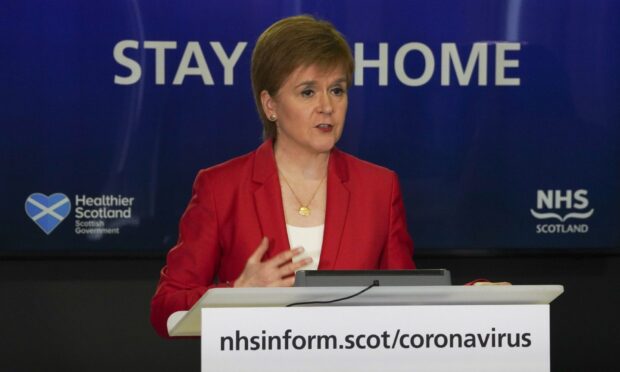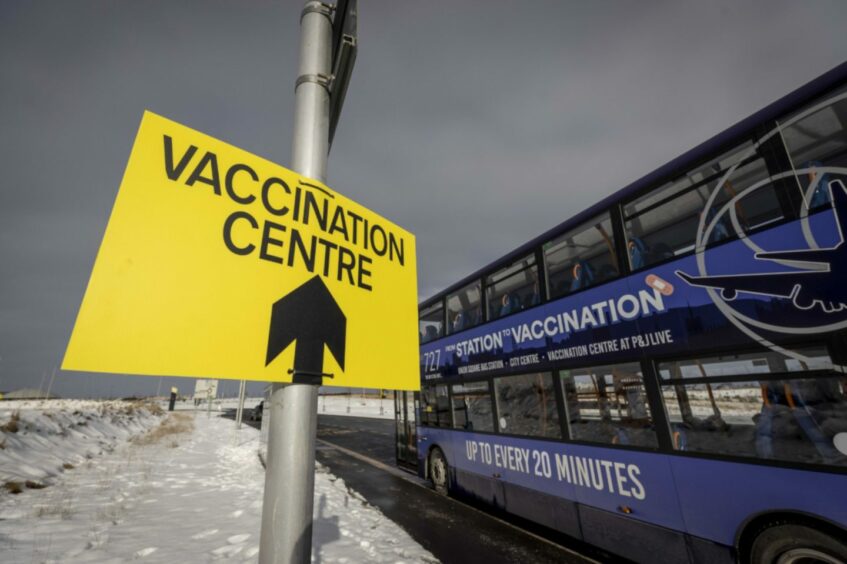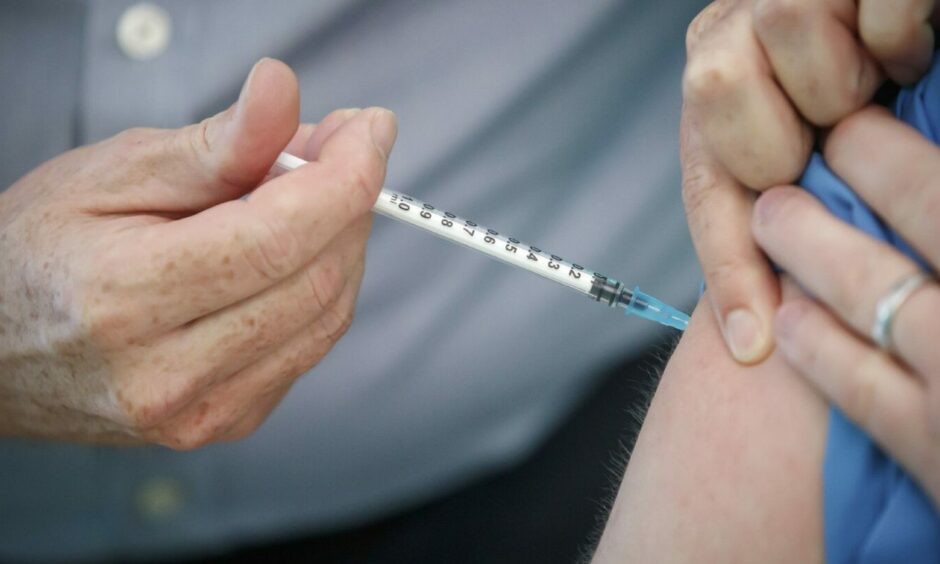A tearful Nicola Sturgeon told the UK Covid-19 Inquiry there was a “large part” of her that wishes she had not been Scotland’s first minister during the pandemic.
Ms Sturgeon became emotional as she spoke of being “overwhelmed” at times in the early days of the crisis.
She choked back tears and said: “I was the first minister when the pandemic struck.
“There’s a large part of me wishes that I hadn’t been, but I was, and I wanted to be the best first minister.”
Ms Sturgeon added that it was “for others to judge” if she succeeded in her aim.
In other developments at the inquiry:
- A senior government official worried Spain might veto Scottish independence if the country was treated harshly by travel restrictions.
- Ms Sturgeon sent a message admitting “it’s all so random” when setting local restrictions.
- The former first minister admitted she may have responded differently to the Nike conference outbreak in retrospect.
- WhatsApps were deleted and had become “too common”.
Nike conference outbreak
The Scottish Government became aware, the inquiry heard, that Covid-19 was something to “be very worried about” in late January 2020. The cabinet discussed the virus for the first time on February 4.
Ms Sturgeon was asked in detail about the early days of the pandemic, telling the inquiry it was “not unreasonable” to keep information about an outbreak at a Nike conference in Edinburgh from the public.
She had been acting on the advice of former chief medical officer Catherine Calderwood, although Ms Sturgeon later said she would have “gone the other way”.
WhatsApp became ‘too common’
Earlier, she told the inquiry she did not use informal messaging such as WhatsApp to make decisions during the pandemic.
Jamie Dawson KC, senior counsel to the inquiry, put it to Ms Sturgeon that she “at least rarely used (informal messaging)”.
She replied: “I have not said, and I’m not saying today, that I never used informal means of communication. What I am saying is that I did so very rarely and not to discuss issues of substance or anything that could be described as decision-making.”
WhatsApp had become “too common” a means of communication within the Scottish Government, Ms Sturgeon said.
But she exchanged WhatsApps with no more than a “handful” of people, and was not a member of any groups.
Humza Yousaf – who is now first minister – and her former chief of staff, Liz Lloyd, were the main people she communicated with in this way.
She said she deleted these informal messages, in line with official advice, and “salient” points were all recorded on the corporate record.
‘It’s all so random’
The inquiry was shown messages between Ms Sturgeon and Ms Lloyd revealing the former SNP leader was “having a crisis of decision-making” over hospitality and adding “it’s all so random” when discussing restrictions on restaurants.
Ms Sturgeon said she did not recall receiving a “do not destroy” order from senior civil servants relating to the Scottish Covid-19 Inquiry, but added that she would not have “required to see that to know the matters that were relevant”.
On suggestions she had been too tightly controlling, Nicola Sturgeon told the inquiry she did “not have a great deal of patience” with the idea of “everybody” wanting to be in the room.
Spanish veto?
The inquiry was shown an email which was sent in a chain including John Swinney’s office. He was deputy first minister at the time in July 2020.
It is understood to have been written by Scott Wightman, the director for external affairs in the civil service.
The message emerged while Nicola Sturgeon was answering a day of questions about her decision-making from the start of 2020.
It states Spain might think it is being treated too harshly compared with other countries on international travel.
“They won’t forget – there is a real possibility they won’t approve EU membership for independent Scotland as a result,” the email adds.
Ms Sturgeon said decisions were not made on “extraneous political considerations”.
The inquiry continues with Scottish Secretary Alister Jack on Thursday.



Conversation